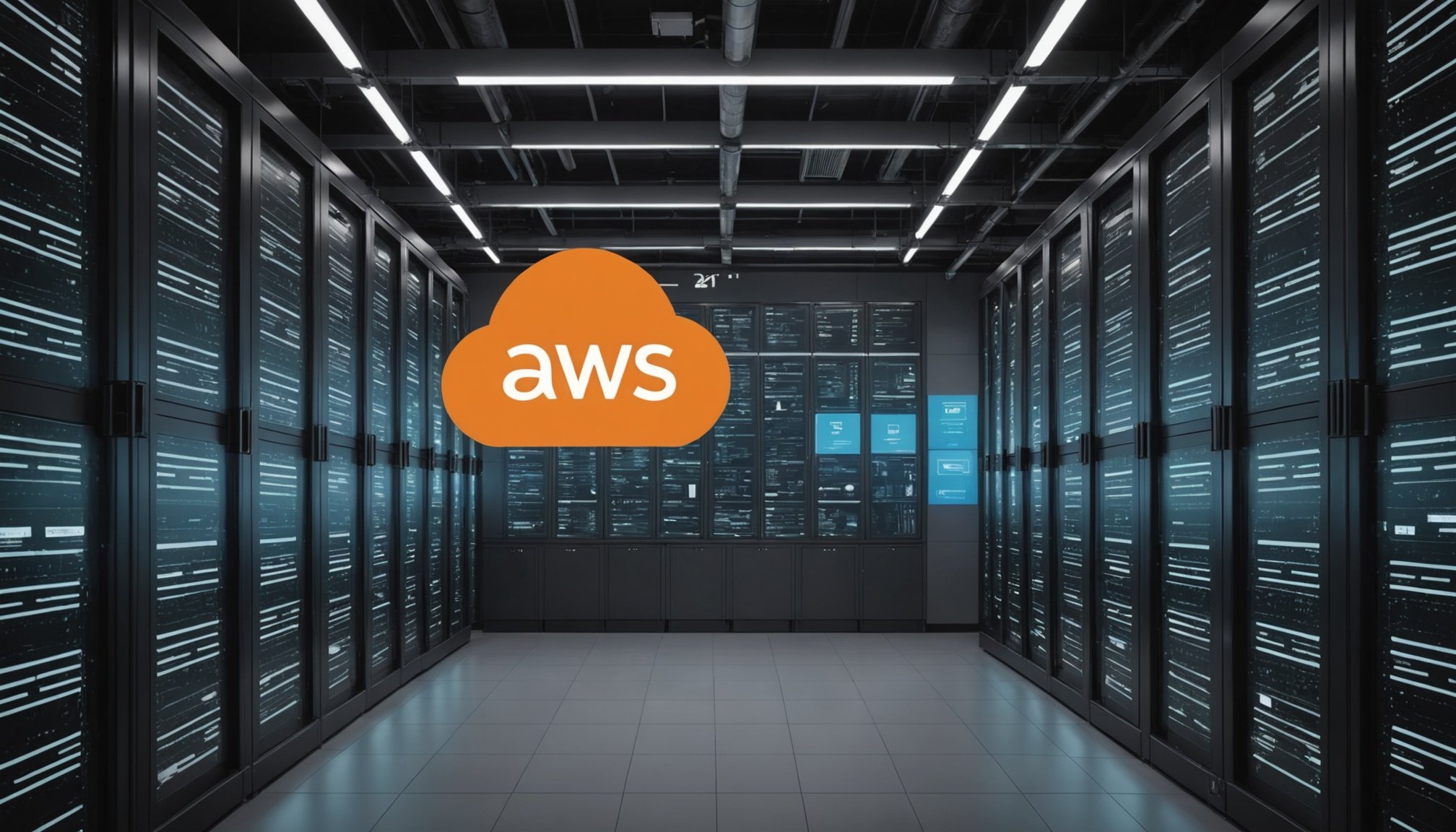Overview of AWS Kinesis
AWS Kinesis is designed for data streaming and enables the real-time processing of massive amounts of data. This service is particularly useful for collecting, processing, and analysing data in motion. Kinesis is crucial for deriving timely insights and making quick decisions based on new data. The service facilitates continuous capture and storage of gigabytes of streamed records per second, rendering it an ideal solution for dynamic applications requiring prompt reactions to information.
Key Features and Functionalities
AWS Kinesis stands out with several compelling features. Crucially, it supports real-time processing, allowing businesses to handle streaming data with low latency. The service provides effective scalability and durability, ensuring that data is reliably processed and made accessible when needed. Additionally, Kinesis integrates seamlessly with other AWS services such as Lambda and S3, enhancing its application versatility.
Topic to read : Mastering AWS Step Functions: Streamlining Complex Workflows in a Serverless Landscape
Comparison with Other Data Streaming Services
When compared with alternatives, AWS Kinesis differentiates itself through its robust integration capabilities and real-time processing power. Unlike traditional data processing solutions that might delay actionable insights, Kinesis offers a suite of streaming solutions like Kinesis Streams, Kinesis Firehose and Kinesis Analytics. These tools facilitate advanced data ingestion and analysis features, providing a competitive edge in numerous industrial applications.
Components of AWS Kinesis
AWS Kinesis consists of several key components, each designed to handle different aspects of data streaming. These components work together to ensure seamless real-time data processing flows.
Also read : Mastering AWS Elastic Beanstalk: The Ultimate Guide to Seamless Deployment and Management,slugslug
Kinesis Streams
Kinesis Streams allows users to build custom, real-time applications that process or analyse streaming data. It can ingest large streams of data records in real-time, making it indispensable for scenarios that require immediate data scrutiny and reaction.
Kinesis Firehose
Kinesis Firehose simplifies the capture, transformation, and loading of streaming data into AWS data stores, like Amazon S3, Redshift, and Elasticsearch. It offers a streamlined process for moving data swiftly and intelligently to its required destination.
Kinesis Analytics
Kinesis Analytics harnesses SQL queries for real-time data analysis. It gives businesses the flexibility to conduct sophisticated analytics on streaming data directly, allowing users to gain actionable insights efficiently and quickly.
Each of these components integrates tightly with other AWS services, offering robust functionality and a high level of customization. This makes AWS Kinesis a versatile solution adaptable to diverse data streaming requirements, empowering industries to leverage real-time data effectively.
Setting Up AWS Kinesis
Setting up AWS Kinesis requires careful planning to ensure a seamless configuration and optimal performance.
Prerequisites for Setup
Before diving into the setup, ensure you have an AWS account and the necessary permissions to create and manage AWS Kinesis resources. Familiarity with AWS Management Console is also advantageous.
Step-by-Step Configuration Process
- Access AWS Management Console: Navigate to the Kinesis service and select the type—Data Streams, Data Firehose, or Data Analytics—suiting your needs.
- Create a Kinesis Stream: Specify stream name and shard count, balancing your data volume needs and processing capacity.
- Set Up Data Producers and Consumers: Configure applications to push data to the stream and set up resources to consume and process data.
Common Pitfalls and Solutions
Inadequate Shard Capacity: Overloads can be avoided by accurately estimating data load and adjusting the shard count accordingly.
Improper IAM Roles: Ensure your Identity and Access Management roles allow the necessary permissions for data producers and consumers.
Inefficient Data Processing: Regularly monitor and optimize stream configurations to maintain low latency and high throughput in real-time data processing.
Best Practices for Using AWS Kinesis
Implementing AWS Kinesis efficiently requires understanding key best practices to enhance data streaming strategies. By focusing on performance optimization, you can ensure your system is operating at peak efficiency.
Stream Lifecycle Management
Effectively managing the lifecycle of your streams is essential. Monitor stream status regularly and adjust shard count based on data input rates. Ensure automatic resharding to accommodate varying workloads without manual intervention and streamline performance for optimal data throughput.
Data Retention Policies
Establishing robust data retention policies helps in balancing storage needs versus cost. Identify the minimum time frame necessary for data retention aligned with business requirements and compliance standards. Shorten retention periods where feasible to reduce costs while ensuring critical data is retained for analysis.
Cost Management
Cost management in Kinesis can significantly impact operational budgets. Regularly assess your data pipeline’s resource usage and eliminate inefficiencies. Utilize on-demand versus calculated computing resources based on expected data inflow. This allows for scaling resource allocation to fit active workloads while minimizing unnecessary expenses, thereby optimizing your Kinesis investment.
Real-World Use Cases of AWS Kinesis
AWS Kinesis has empowered diverse industries with its potent data streaming capabilities. By facilitating real-time data stream processing, it has become integral in pioneering sophisticated applications. Let’s delve into how various sectors leverage AWS Kinesis.
Leading the way, financial services exploit Kinesis Streams for monitoring transactions continuously. This enables fraud detection systems to analyse data as it flows, identifying anomalies swiftly. Retail industries, on the other hand, use Kinesis for dynamic pricing and personalised marketing strategies, analysing consumer behaviour in real-time.
Healthcare sectors harness Kinesis for patient monitoring and remote diagnostics. By streaming live health data, medical professionals can make informed decisions quickly, potentially saving lives.
Media and entertainment companies utilise Kinesis to provide memorable user experiences. Delivering content seamlessly requires robust, scalable data streaming solutions, ensuring minimal buffering and enhanced user satisfaction.
Finally, real-time data analytics is revolutionised with Kinesis Analytics, enabling businesses to perform complex queries on streaming data. This addresses industries’ demand for immediate insights, driving sustained improvements in operations.
Overall, the adaptability of AWS Kinesis to handle extensive data flows and meet real-time processing demands makes it indispensable across varied technological landscapes. Businesses investing in smart data strategies see enhanced efficiency and a definitive competitive edge.
Troubleshooting AWS Kinesis Issues
While AWS Kinesis excels in data streaming and real-time data processing, maintaining optimal performance requires careful troubleshooting.
Identifying Performance Bottlenecks
To swiftly pinpoint performance issues in Kinesis streams, regularly monitor stream metrics using Amazon CloudWatch. Metrics such as throughput and latency offer insights into stream efficiency. When questions arise about stream performance, consider shard configuration as a primary area for examination. Misconfigured shards can lead to bottlenecks, hindering data processing capabilities.
Handling Data Processing Failures
Data processing failures in Kinesis are often due to improper resource allocation or function errors. First, check for error messages in the CloudWatch logs. This step generally uncovers most error sources, including those caused by applications consuming the stream. Enhance processing reliability by implementing retry logic and error handling code.
Monitoring Kinesis Streams
Monitoring is key in resolving potential issues before they escalate. Utilize Amazon CloudWatch to set up alarms for critical parameters. Ensure routine checks on the number of throttled records and adjust shard counts accordingly to minimise such occurrences. Keeping a close watch allows immediate rectification of emerging issues, sustaining efficient data flows.
Advanced AWS Kinesis Strategies
In the rapidly evolving landscape of data streaming, adopting advanced AWS Kinesis strategies is crucial for staying ahead. These strategies not only enhance scalability but also enable data enrichment, creating opportunities for more sophisticated data operations.
Techniques for Scaling Kinesis Applications
Scaling Kinesis applications effectively requires understanding shard dynamics. Sharding is fundamental as it determines data partitioning. Adjust the shard count dynamically based on throughput needs to ensure scalability. Implementing autoscaling mechanisms allows Kinesis to automatically handle fluctuations in data volume, keeping performance stable regardless of load variations.
Methods for Enriching Data in Transit
Enriching data as it moves through your Kinesis stream can vastly improve real-time processing outcomes. Incorporate transformations and enrichments via AWS Lambda functions during data transit. These functions can cleanse, format, and augment incoming data before it’s even stored, optimizing further data analysis.
Using Kinesis with Machine Learning for Predictive Analysis
Integrating Kinesis with machine learning opens paths for powerful predictive analytics. Collect data through streaming, apply trained machine learning models using AWS SageMaker, and predict trends in real-time. This integration allows businesses to act proactively, turning data into actionable insights instantaneously. Such capabilities are indispensable for industries reliant on up-to-the-minute data analysis.











